This article has been revised and corrected from the original version.
On the morning of Feb. 9, 1971, Angelenos were jolted awake by the Sylmar quake, which measured 6.6 on the Richter scale. After the dust settled and the rescue teams finished their work, a total of 64 deaths were tallied.
Fifty-two of those deaths were at two local hospitals that suffered building collapses: 49 at the San Fernando Veterans’ Administration Hospital in Sylmar and three at nearby Olive View Community Hospital, which had just completed construction six months prior to the quake.
Ever since that morning 51 years ago, hospitals in L.A. County and throughout the state have been hit with repeated rounds of some of the toughest – and costliest – seismic safety mandates in the nation.
The first set of requirements was to ensure that all acute-care hospital structures would remain standing after a major quake. The deadline was originally 2008 but was ultimately pushed back to 2020 after hospitals repeatedly contended they did not have the financial resources to seismically upgrade or replace their acute-care facilities by the required deadlines.
Today, the county’s 93 hospital campuses face perhaps the toughest mandate yet: by Jan. 1, 2030, all acute-care facilities must be deemed capable of remaining fully operational following a major quake. This mandate is part of SB 1953, which was passed in 1994, months after the Northridge quake that resulted in eight hospitals having to evacuate patients because of lack of power, water or other key life-safety components.
“Every time we have an earthquake, everything changes when it comes to hospitals and building codes,” said Ola Ostlund, co-founder of Monrovia-based Hallsta Inc., a hospital consulting firm.
The 2030 deadline has already spurred billions of dollars in planned overhauls at many hospitals in the county, including: A $644 million project now under construction at Providence Cedars-Sinai Tarzana Medical Center for a new patient tower, along with upgrades to some existing facilities; a new patient wing at Cedars-Sinai Medical Center in Beverly Grove to house patients temporarily while seismic upgrades of other hospital buildings on the campus are in progress; a replacement hospital at Cedars-Sinai Marina del Rey Hospital; and a $1.7 billion hospital replacement project at Harbor-UCLA Medical Center in West Carson.


But these projects are just the tip of the iceberg for the total work that needs to be done at hospitals in L.A. County to meet the 2030 mandate.
According to the California Hospital Association (CHA), a Sacramento-based industry advocacy group, 73 of the 93 hospital campuses in L.A. County have not yet met the 2030 requirements.
Breaking that down further, data from the California Department of Health Care Access and Information showed 176 acute-care buildings in the county would need seismic upgrades to remain operational following a quake. That’s out of a total of roughly 700 buildings on the 93 hospital campuses.
And according to a 2016 study from Santa Monica-based Rand Corp., the cost to bring these 73 campuses into compliance with the 2030 mandate is projected to range from a low of $8.7 billion – assuming all of the acute-care buildings need to be retrofitted only – to a high of $39.5 billion if all acute-care buildings were to be replaced.
All this work looms as hospitals in the county face a perfect storm of financial troubles. Prior to the pandemic, many facilities that were not well-capitalized or that served large populations of uninsured patients were operating in the red, according to Kiyomi Burchill, group vice president of policy for the California Hospital Association.
One such facility, Pacific Alliance Medical Center in Chinatown, announced in December 2017 that it would shut down rather than embark on at least $100 million in seismic upgrade work to meet the 2030 deadline. The site was purchased for $33 million in 2018 by Allied Pacific IPA, an Alhambra-based physician group, which had plans to convert the hospital into an urgent-care center.
Burchill said the Covid-19 pandemic only worsened the financial situation for hospitals, and cited data collected by consulting firm Kaufman Hall & Associates on behalf of the association that showed for 2021, 53 of the county’s 93 hospital campuses were operating in the red.
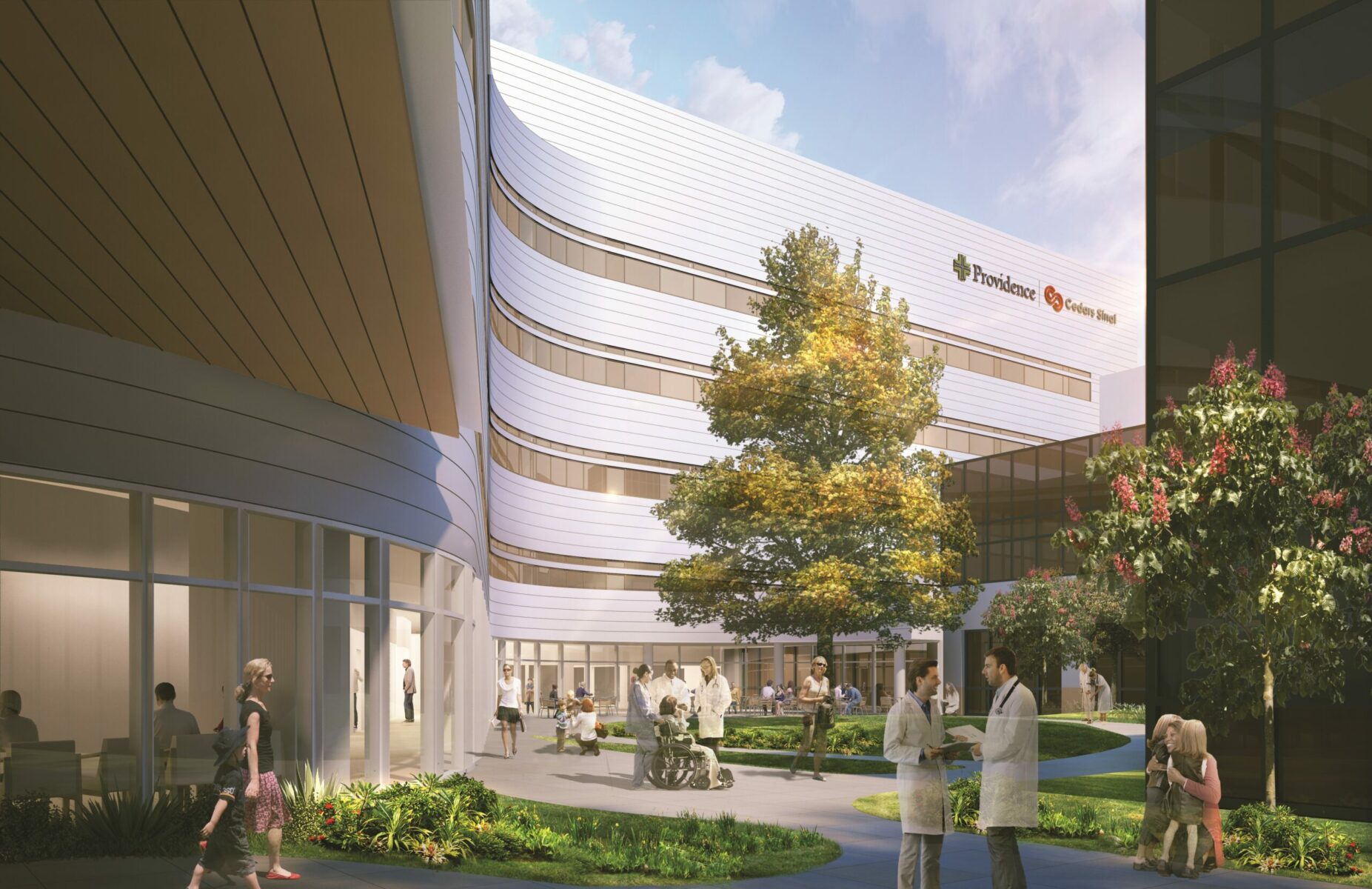
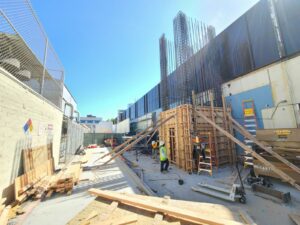
Statewide, 51% of hospitals posted losses in 2021, she said. The Rand study estimated that, statewide, as much as $143 billion would need to be spent to bring all hospitals into compliance with SB 1953.
“Before the pandemic, it was going to be challenging for these hospitals to meet these standards; it’s simply impossible now,” Burchill said.
Citing these figures, the CHA is pushing for legislation to postpone and narrow the scope of the mandate. Its proposal would extend by seven years the 2030 deadline for buildings with emergency rooms and trauma centers. All other acute-care facilities, including patient rooms, would be exempted.
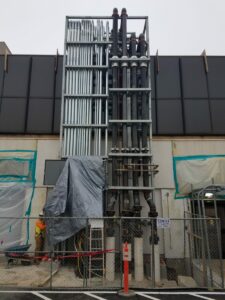
The association is seeking to add these provisions to an existing bill – SB 1339, sponsored by State Sen. Richard Pan, D-Sacramento – that requires the state Department of Health Care Access and Information to submit a report by Jan. 1, 2024, that would look at the number of facilities in need of seismic upgrades and the cost to bring them into compliance.
Extensive upgrade work
But for now, the 2030 deadline stands for acute-care buildings to be able to remain operational following a quake. And the work that’s required is considerable.
“Unlike for a general commercial building, where the goal is to have the building survive the quake and the occupants be able to be evacuated, hospital buildings must be engineered so the entire facility can continue to fully operate after a seismic event,” according to Jan Emerson-Shea, a CHA spokeswoman. Some of the tasks required include anchoring and bracing hospital equipment and increasing the ability of electrical, heating/ventilation/air conditioning, and water supply systems to continue operating during a quake.
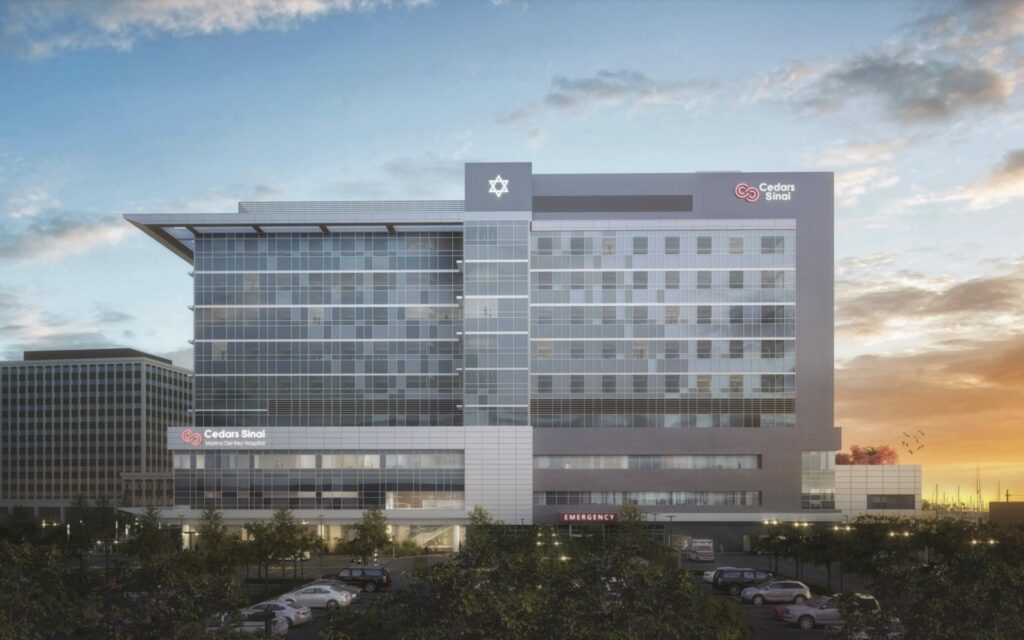
Consultant Ostlund said this deadline coincides with another major issue affecting hospitals in L.A. County and throughout the state: aging facilities.
“Many hospital buildings are 90 years old, with some more than 100 years old” he said.
“And even the ‘newer’ buildings from the 1960s are now well over 50 years old. With these aging buildings, there are a lot of problems with the age of equipment and the age of support infrastructure.”
What’s more, the process of upgrading all the infrastructure systems can be too disruptive for patients, requiring them to be moved elsewhere during construction.
Ostlund said all of these issues complicate decisions on whether to upgrade or replace buildings that need work to meet the 2030 mandate “The decision must be made: Is that a wise use of the money? And will the building be usable long into the future?” he said.
On the other hand, according to the Rand study, replacing a hospital building can cost up to four times as much as seismically upgrading it.
Replacing patient towers
Several hospital operators in L.A. County are opting for the replacement strategy.
At Tarzana Medical Center – jointly operated by Providence Southern California, a division of Renton, Wash.-based Providence, and Cedars – work is set for completion next year on a $624 million modernization project that includes a six-story replacement tower. Seismic retrofit work on a patient and diagnostic center was completed last July.
At Providence’s six other hospitals in Los Angeles County, two are currently in compliance with the 2030 requirements, according to Justin Montoya, the regional director of real estate strategy and operations for Providence Southern California.
Montoya said the remaining four are going through an analysis to determine the capacity level that will be needed in future years, with an eye toward reducing the number of patient beds as more emphasis is placed on outpatient services.
But he added that it would be costly to meet the 2030 requirements.
“The financial burden this will impose is challenging, particularly as we face the lasting financial impacts of the pandemic and determine the impacts that will have on our ability to serve our communities most in need,” he said.
Another hospital replacement project is on tap for the 133-bed Marina del Rey Hospital, which is operated by Cedars-Sinai Health System.
“We are building a new Cedars-Sinai Marina Del Rey Hospital, which will be up to seismic code when the new building is expected to be completed in 2026,” Cedars-Sinai spokeswoman Sally Stewart said in a statement.
The new hospital building would initially have 96 patient beds, with the capacity for 160.
But Cedars-Sinai is taking a different approach on its flagship campus in Beverly Grove.
“While Cedars-Sinai buildings are structurally sound, the state law requires hospitals to retrofit facilities to protect against any operational impacts in the event of a major earthquake,” Stewart said in the statement. “The Cedars-Sinai plan calls for moving inpatient beds, operating rooms and ancillary services into a newly constructed medical center wing, which will allow us to upgrade current facilities without disrupting patient care or the availability of services to the community.”
The proposed wing will be built on an existing outdoor parking lot at the corner of San Vicente and Beverly boulevards. “It will allow us to meet the state seismic standards in the shortest possible timeframe,” Stewart said.
Cedars Sinai has not provided cost estimates or a timeline for completion of the wing. And Stewart said the hospital system had not yet decided what function the new wing will serve after the retrofit of the original hospital buildings is completed.
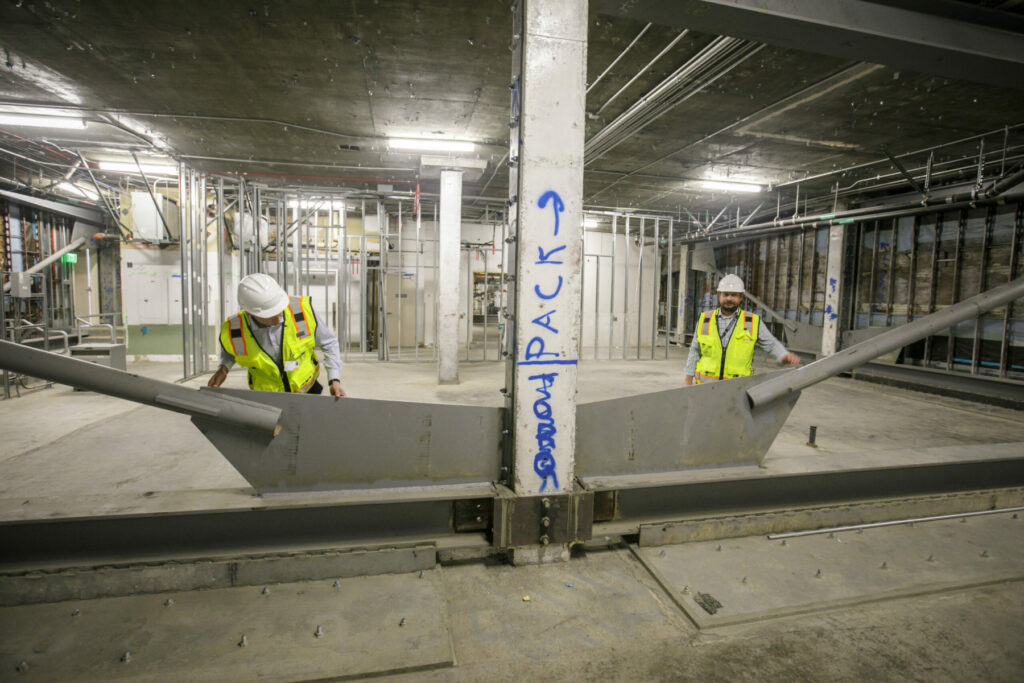
One of the larger projects driven by the 2030 seismic requirements is taking place at Harbor-UCLA Medical Center in West Carson, one of the five county-run public hospitals in L.A. County.
Design work on the $1.7 billion, five-year hospital replacement project is well underway after selection of the contractor team led by Greeley, Colo.-based Hensel Phelps Construction Co. and two local architectural firms: downtown Los Angeles-based HMC Architects and Miracle Mile-based CO Architects.
The replacement project will include a new 468,000-square-foot inpatient tower capable of holding 346 beds, an outpatient tower with space for support services, a new parking structure, and a new central infrastructure plant, among other facilities.
Some hospitals are using the state’s seismic upgrade mandates as a jumping-off point for more ambitious projects. Such is the case at Oakland-based Kaiser Permanente’s flagship L.A. County hospital campus in East Hollywood. The original hospital that opened in the 1950s was replaced in 2009 to meet the first tranche of seismic-upgrade mandates. Now Kaiser is using that replacement hospital as the lynchpin for a master plan to expand and replace medical office buildings and other related facilities on the 15-acre campus.
One component of this master plan proposal now under environmental review by Los Angeles city planners is a further expansion of the hospital, adding up to 117,000 square feet and 105 beds to the existing hospital’s 528 beds.
